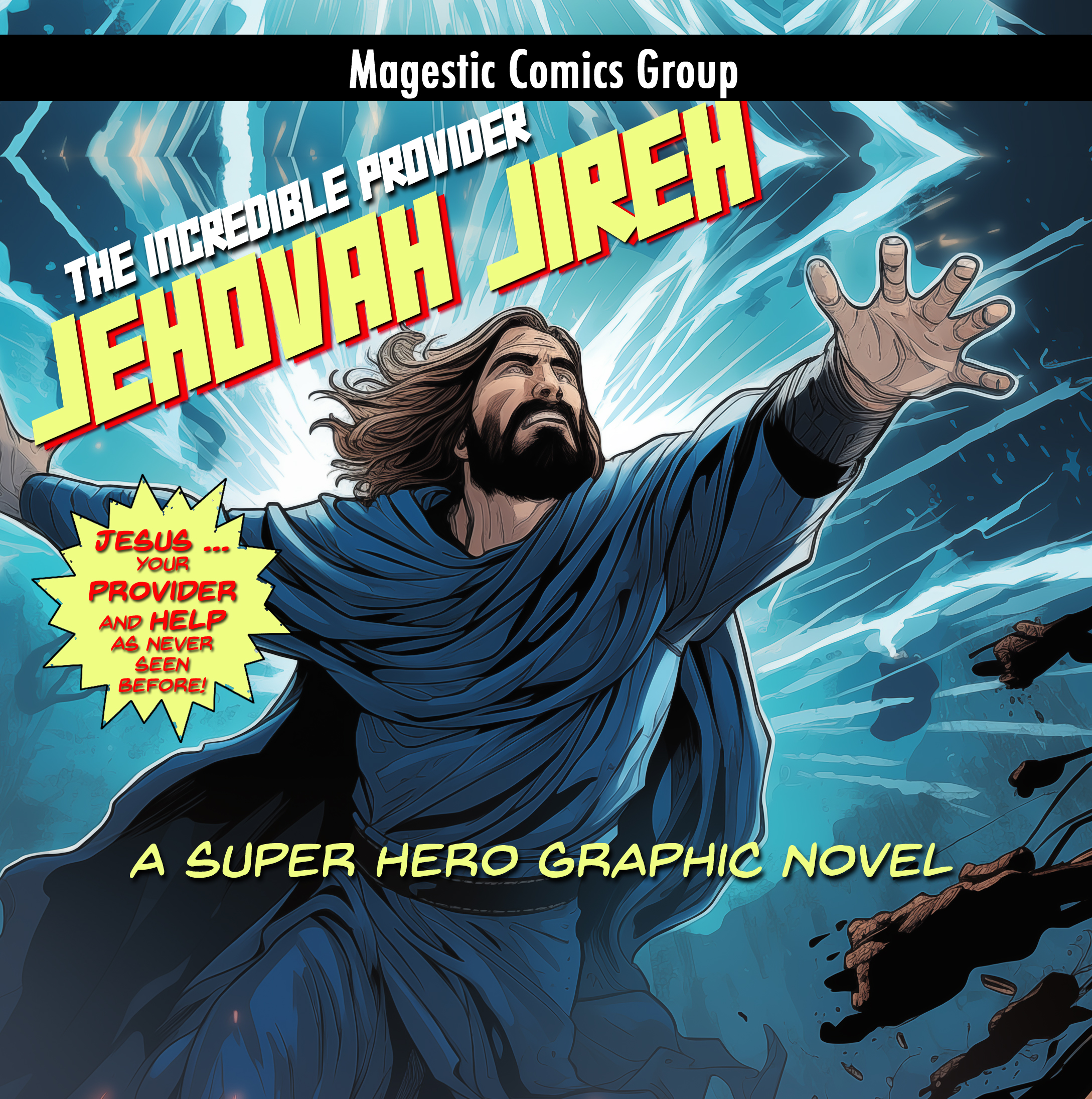The Red Pencil is Your Best Friend

By
Carol Baldwin
“What? Are you crazy?” That’s what you probably thought when you read the title of this article: “I hate getting my paper back from my teacher with corrections all over it. You must be crazy!”
Crazy? No. Knowledgeable about the writing process? Yes.
Consider these facts.
Fact #1: My first book, Friendship Counseling, had over 20,000 words eliminated before it was published.
Fact #2: My second book, Teaching the Story, was re-written several times before it saw the light of day. There were so many revisions I lost track of them.
Fact #3: My third book, Half-Truths, is a work-in-progress. It started as a picture book, morphed into a book for 4th grade boys, and is now a historical novel for middle-school students. It took me several years to nail down my story and the voice of my character. I’ve been working on the first draft for over a year and I hope I’m half-way through.
Fact #4: Real writers revise. As best-selling author Avi says: “Nobody, nobody, nobody, writes anything fine without having to rewrite it. I rewrite my books sixty or so times before they are done.”
If it’s true for Avi, you can be sure that it’s true for you and me.
Here are six important revision principles that you can use when writing fiction or essays that will help you become a better writer.
- Write first. So many of us write with an internal editor poking its ugly head over our shoulders. This nagging voice wants to find the “perfect” word when we compose an article or story. It demands that we stop and search for just the right verb, adjective, or detail. It wants to correct as we write. Say “no” to this voice and write your first rough draft. Fortunately in the age of electronic editing, it is easy to go back and delete a word or phrase. Can you imagine how hard this must have been for Shakespeare or Dickens? (Ever try “whiting out” with a quill pen?) The important thing is to get your ideas out on paper or on the computer first. Revision comes second.
- Print it out and get your red pencil ready. After you’ve written your first draft, print it out double-spaced. If possible, don’t read it right away. Give yourself some time away from your piece. Shoot some hoops, ride your bike, take the dog for a walk, sleep on it (if it’s not due the next day!) This time away will help you clear your brain and help you see your work from a fresh perspective. Printing it out double-spaced gives you room to make your corrections.
- Common mistakes to look for:
- Did you answer the prompt or complete the requested assignment? In other words, if asked to write a fictional account of Abe Lincoln when he was a boy, did you take a bunny trail off into describing the civil war, Lincoln’s Inaugural speech, or Illinois farms in the middle of the 19th century?
- Did you make errors in your spelling, capitalization, grammar, or punctuation?
- Did you use the same tense throughout the piece?
- Did you remember to paragraph? Begin a new paragraph every time you switch subjects or speakers.
- Is each point (in an essay) or scene or character (in a story) described well enough? Are your thoughts clearly conveyed?
- Have you used boring passive verbs and dull adverbs? Look for gerunds (words that end in “ing”) and helping verbs (examples: is, was, am, should, might). Instead of “Sally was walking fast down the street,” Write, “Sally ran down the street.”
- Are there extra words? Search your document for words such as like, only, or that. After I printed out this article’s first draft I found 10 adjectives and adverbs that were unnecessary. Eliminating extraneous words tightens your writing
- Are there extra punctuation marks? When I reviewed this article I found five unnecessary exclamation marks.
- Is your piece organized? Look at paragraphs first. You might need to rearrange sentences. For example, the last sentence you wrote might work better in the beginning as a transition into the new paragraph. Do you need to move (or delete) whole scenes or paragraphs? Does the piece logically flow from one paragraph (or scene) to another?
- Have you followed the guidelines for this piece? Is it formatted correctly? Do you have the correct number of words or pages?
- Be ready to take out your “treasures.” You might have included a wonderful metaphor or simile, but when reviewing it, find that it truly doesn’t work for this piece. Take it out, save it in another file, and use it in the future.
- Are your facts correct? Re-check your data (for an expository essay) or the way in which you have portrayed a character or setting.
- Does this piece truly say what you want it to say? Try explaining the main point in one sentence. If you’ve diverged from that main point down bunny trails, you might need to re-think and re-write.
4. Make your corrections and reprint it. Think of revising as a cycle. You write, revise, and then rewrite. You might repeat this process several times.
5. Read it out loud. You’ll be surprised how many errors you find.
6. Give it to a friend to read. Be ready to receive feedback. We all know that you have written the next Great American Novel which definitely will be made into a blockbuster movie. But you’ve looked at those words for so long that maybe you’re too close to them. Maybe you don’t see that you wrote the first paragraph in the first tense and by the end you’ve slipped into the past tense. Or that in the beginning your villain has dark eyes and oily black hair but by the end his hair is a buzz cut and he’s got sly blue eyes—and he didn’t get a haircut or switch contact lens. Other readers can often spot mistakes and inconsistencies faster than you can. For example, my sister read this article after I thought it was ready for Devokids. She found four more mistakes!
Having 20,000 words cut from my first book was devastating and beneficial. The result was that Friendship Counseling spoke directly to my readers and I learned to write tighter. When you remember that your red pencil is your friend and not your foe, every piece of writing will benefit.
For more online resources see: Ralph Fletcher’s tips at http://www.ralphfletcher.com/tips.html and Susan Beth Pfeiffer’s blog at http://www.susanbethpfeffer.blogspot.com/2009/04/tips-for-young-writers.html.




